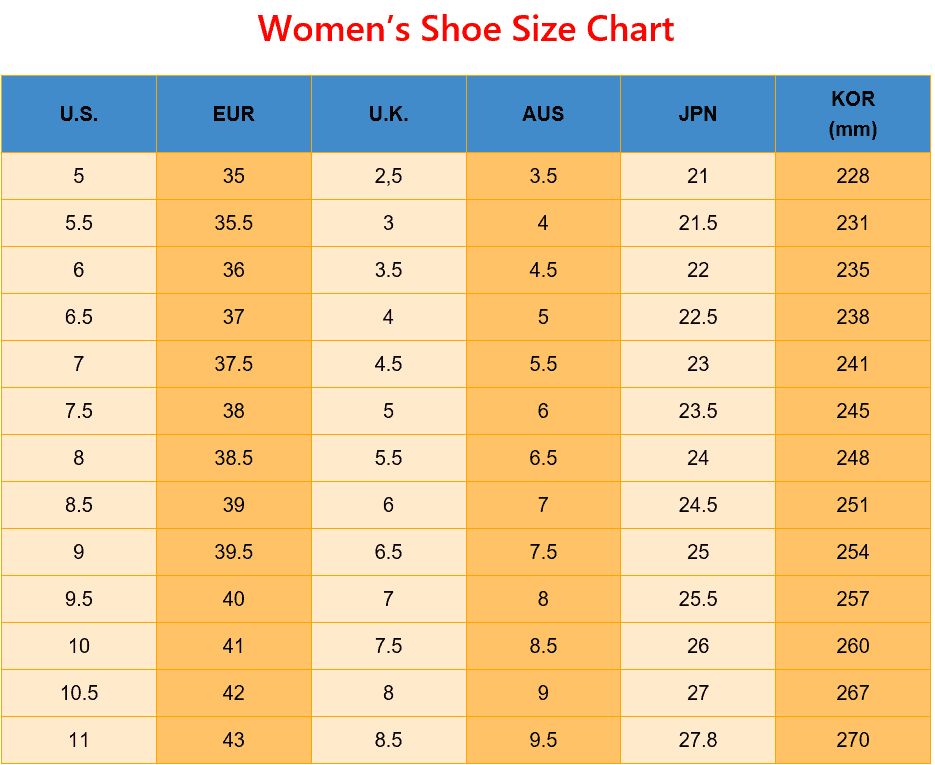Understanding Size Chart Conversion: Australia to US for Kids’ Clothing
Welcome to the bright and breezy guide that promises to be your shining beacon through the sometimes-confusing world of kids’ clothing sizes! Whether you’re a globe-trotting family or love to grab those adorable outfits from afar, understanding size conversions between Australian and US sizing is as handy as a kangaroo’s pouch. Let’s hop right into making international shopping for your kiddos a walk in the park!
A Handy Primer on Kids’ Clothing Size Differences
Before we dive into the nitty-gritty of the size charts, let’s have a little heart-to-heart. Clothing sizes can vary dramatically from country to country, and even between brands. That’s why we’re brewing up the perfect blend of advice and information to help you navigate from Aussie sizes to American ones without breaking a sweat!
Starting with the Basics: Australian Sizes Explained
Down Under, children’s clothing sizes are generally based on age, but remember, Aussie kids are as diverse as the country’s landscapes! These sizes serve more as a ballpark figure, so it’s important to consider the actual measurements of your younglings.
- 00000: Micro size for the teeny tiny newbies, usually up to 2kg (approx. 4.4 lbs) and up to 56 cm (approx. 22 inches) in height.
- 0000: Newborn size typically for bubs up to 4kg (approx. 8.8 lbs) and about 62 cm (approx. 24.4 inches) in height.
- 000: Intended for babies around the age of 0-3 months, a wee bit bigger and longer than the newborn size.
- 00: For cutie pies aged around 3-6 months, with a bit more chub to cuddle.
- 0: Aimed at 6-12 months old darlings who are starting to explore the world bouncily.
- 1: Perfect for 1-year-olds, who are generally toddling about and getting into all sorts of adorable mischief.
And it goes on up with each number roughly equating to the child’s age up to size 14.
Jumping over the Pond: US Sizes Explained
In the US, the system can be as varied as the Australian terrain! But don’t fret, we’re here to clarify the matter. The American sizes also follow kids’ ages, yet they often include categories like ‘Toddler’, ‘Little Kids’, and ‘Big Kids’ which spice things up a bit:
- Toddler (2T-5T): This range fits your little adventurers aged 2 to 5 years. The ‘T’ here even stands for ‘Toddler’ – cute, right?
- Little Kids (4-6X): A broader range specifically designed for kids in the enchanting 4 to 7-year-old bracket.
- Big Kids (7-20): For the young fashionistas and athletes, who range from about 7 to 14 years old.
Step-by-Step Conversion Essentials
Now that we’re more familiar with what we’re working with, it’s time to map out that magical conversion path. Check out this basic framework to start converting sizes like a seasoned pro:
- Always check the specific brand’s size guide because there can be a bit of pixie dust and variation sprinkled throughout.
- Have your munchkin’s latest measurements ready – height, weight, chest, waist, and hip measurements often pave the road to accuracy.
- Refer to the conversion charts we’ve put together for you below. Keep in mind that these are general guidelines to follow along with your child’s specific measurements.
Stay tuned for our detailed conversion charts just ahead! With our guide in your pocket, you’ll feel like you’ve found the golden snitch in the delightful game of kids’ size conversion.
Well, that’s our sparkling introduction wrapped up in a bow! Get ready to dive deeper into this exciting world with us. Next up, we’ll be looking at those much-anticipated detailed conversion charts to help you make confident choices during your next fashion haul. Whether you’re shopping for a sunny Aussie Christmas or a cozy American Thanksgiving, rest assured, the perfect fit is out there for your children to look and feel fantastic!
Stay tuned with giddy anticipation as we unveil a treasure trove of sizing secrets in the next installment of our guide!

5 Essential Things Parents Should Know for Size Chart Conversion: Australia to US
Embarking on the journey of converting size charts between the Australian and US can be just as thrilling as reading a story to your little ones – with each chapter filled with discoveries and sometimes, a bit of mystery. To turn the page on any confusion, here are five golden nuggets you should know before you start sailing the size conversion seas:
1. The Age-Based Size Method is Just the Starting Point
Remember, my dear parents, age-based sizing is more of a starting point than a rule. Each child is unique, and so their size could float above or below the standard for their age. Keep a flexible mindset and use age-based sizing as the beginning of your sizing quest.
2. Individual Brand Sizing Guides are Your Treasure Maps
Every brand stitches up their sizes with a pinch of individuality. Hence, it’s essential to hunt for the brand-specific sizing guides, which act like treasure maps. These guides will give you the X marks the spot for fitting perfection. Refer to them as your primary tool, and you’ll be golden!
3. Up-to-Date Measurements are Your Compass
Navigating the vast ocean of sizing can’t be done without a trusty compass. Maintain up-to-date measurements of your kiddos, including their height, weight, chest, waist, and hip circumference. Keep this compass close – it’ll guide you through the roughest sizing squalls!
4. International Conversions are More Art than Science
A dash of this, a smidge of that – converting international sizes is a craft perfected over time. Embrace this artistry and give yourself room to make adjustments. Don’t hesitate to buy different sizes if you’re unsure – better safe than sorry!
5. Comfort and Safety are the Heart of Sizing
At the end of the day, sizing isn’t just about the perfect fit – it’s about ensuring your little explorers are snug, secure, and free to embark on their adventures. Prioritize comfort and safety, so they can play and grow without any constraints.
Armed with these five key insights, you’re now ready to confidently enter the joyful realm of kids’ clothing size conversion. Remember that the perfect fit might take a little bit of cotton-covered detective work, but it’ll be worth it when you see your children dressed in comfort and style, ready to make cherished memories.
In our next cheerful chapter, we’ll dive deep into a wonderland of detailed conversion charts. With giggles and grace, you’ll conquer the sizing game, ensuring your darling’s new ensembles are just the right fit. Keep those measurements handy and those eyes twinkling – we’re just getting started on this adventure of international garment gallivanting!
Stay tuned as we continue to unfurl the sails on this enchanting journey of clothing conversion – size success is just over the horizon, and we’re here to navigate you to it with joy and jubilation!
For more great articles please see here. For more information see here
Disclaimer
The articles available via our website provide general information only and we strongly urge readers to exercise caution and conduct their own thorough research and fact-checking. The information presented should not be taken as absolute truth, and, to the maximum extent permitted by law, we will not be held liable for any inaccuracies or errors in the content. It is essential for individuals to independently verify and validate the information before making any decisions or taking any actions based on the articles.




